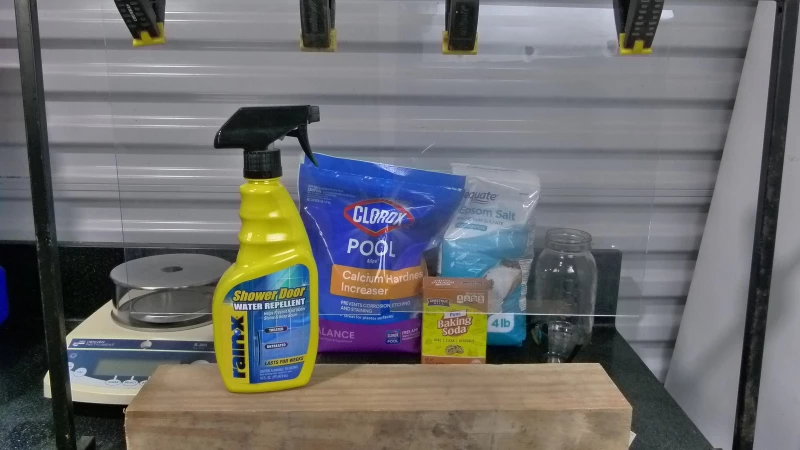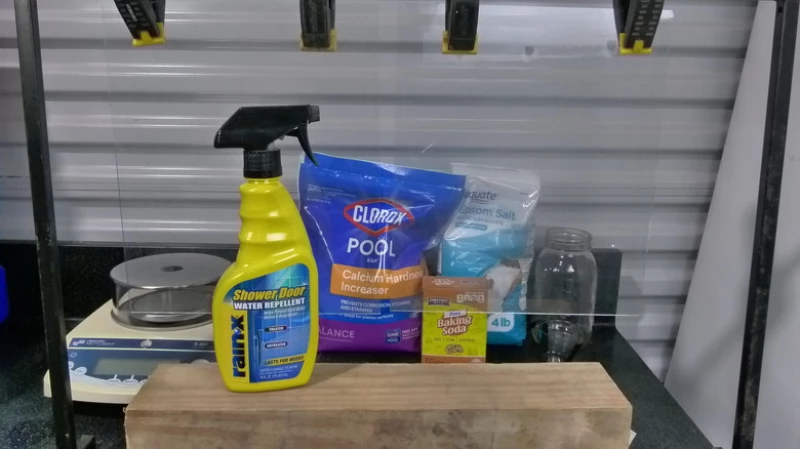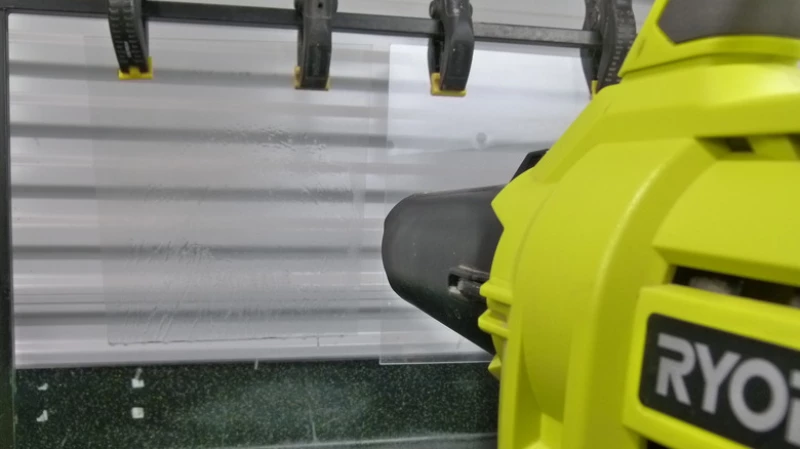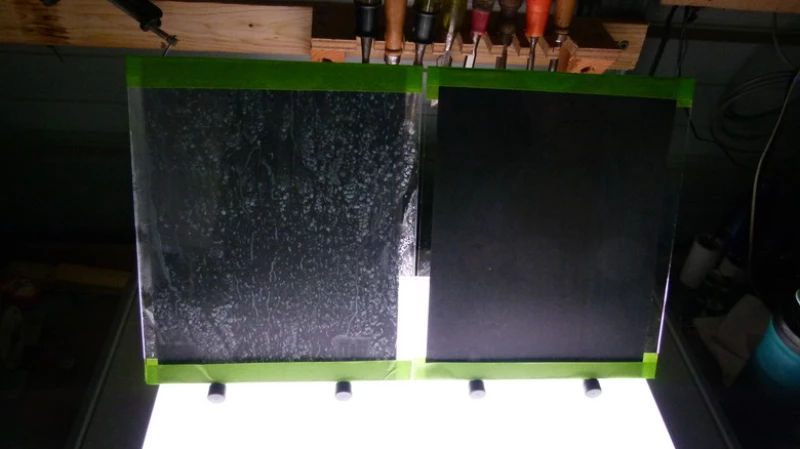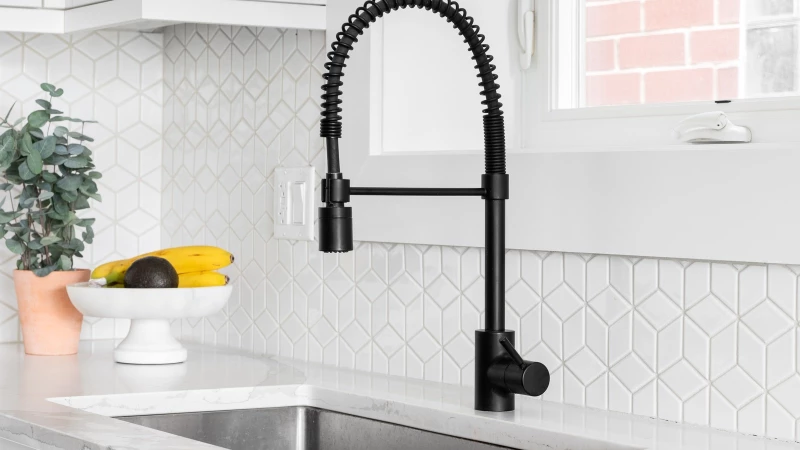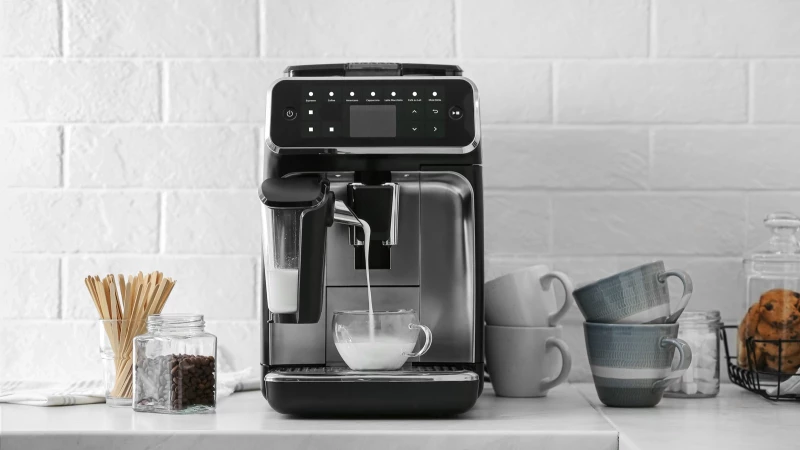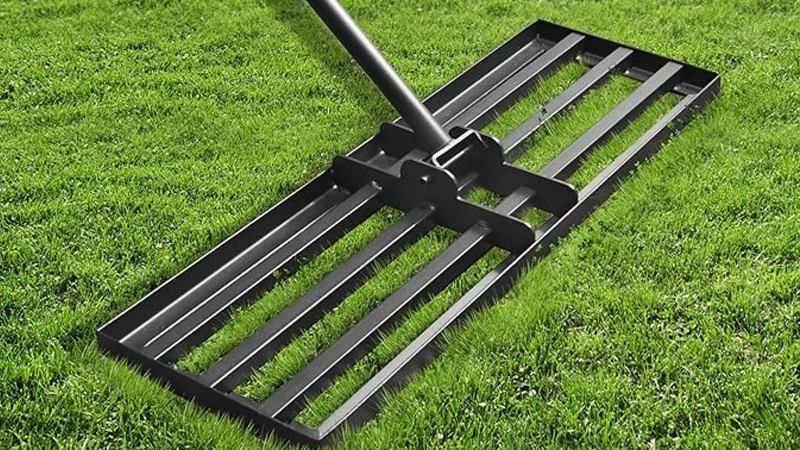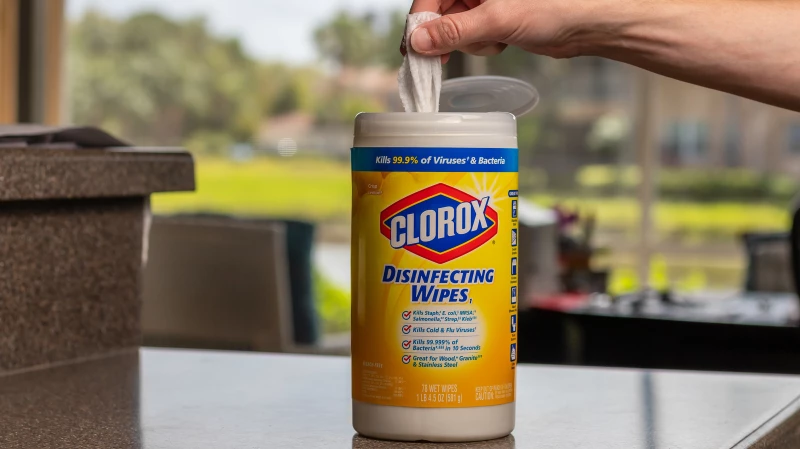Instead of belting out tunes in the shower, some individuals find themselves gazing at their glass shower doors, pondering how to maintain their cleanliness. The task is challenging due to various factors. For starters, if you have even slightly hard water, which causes unsightly mineral deposit stains in sinks and showers, your glass doors are constantly bombarded with it during showers, resulting in stubborn stains. Additionally, soap, designed to remove dirt and oils from our bodies, also lands on the doors, further complicating the cleaning process. To top it off, clear glass shows every speck of dirt. Imagine treating your shower doors with a product like Rain-X, similar to how you treat your car windows, so that water and grime effortlessly roll off. This is the promise of Rain-X Shower Door Water Repellent.
Hard water, soap scum, and whatever your kids are covered with — could that possibly be dog fur and pine sap? — don't seem like they'll be as simple to repel as rainwater. These are elements that your windshield simply doesn't have to cope with. So, I decided to try the Rain-X product specifically for shower doors to see if it lived up to the hype. Specifically, I wanted to test the claim that it "helps prevent hard water stains, soap scum, and grime build up" on glass.
Creating the proper setup
After kicking ideas around for a while, I decided that the things to test were water repellency — it's right there in the name, after all — and the ability of Rain-X Shower Door Water Repellent to prevent hard water stains. While soap scum is pretty easy to come by, hard water is a bit more complicated if you don't naturally have it flowing from your taps. And, if you think hard water might be challenging to produce if you don't have any handy, try testing glass shower doors when you don't have those, either. What I ultimately devised was a way to create hard water and a test that continuously fogged hard water onto two plates of 10-by-12-inch glass from Lowes.
To create the hard water for the experiment, a mixture of sodium bicarbonate, calcium chloride, and magnesium sulfate was added to tap water, following a tutorial. The resulting supersaturated hard water was then filtered to remove any suspended solids before being applied to two pieces of glass - one treated with Rain-X and one untreated. Prior to the application, both glass pieces were cleaned with carburetor cleaner to ensure no contaminants interfered with the test. Additionally, water droplets on the two surfaces were photographed after some research on surface tension.
Capturing the results
As the experiment began, the challenge of photographing clear glass to display stains and imperfections became apparent. It proved to be quite difficult, especially when capturing water droplets on the surface. Photography of glass required a new learning curve, while capturing droplets in profile presented its own set of frustrations. The presence of any reflections made it challenging to showcase the results effectively. Ultimately, the glass was photographed on a light table with a black background and minimal additional lighting in the room.
In an attempt to capture close-up shots of water droplets, I experimented with a microscope equipped with image-saving capabilities. However, due to the angles of the microscope and the droplets, I encountered difficulties in obtaining a photo that would accurately allow me to measure the angle at which the glass and water drops met. This measurement is crucial in determining wet-ability, where an increase in wet-ability maximizes surface contact and leaves behind more deposits through evaporation. On the contrary, lower wet-ability results in higher surface tension.
Rain-X claims that their product "causes water to bead and slide off on glass surfaces," essentially suggesting a behavior similar to increased surface tension. Given this assertion, I decided not to further pursue the measurement of droplets.
Rain-X Shower Door Water Repellent repels water on shower doors
The results were surprisingly clear, as seen in the accompanying photographs. After subjecting the untreated glass to repeated fogging with hard water followed by drying with a fan to speed up evaporation, it was evident that the untreated glass was more susceptible to displaying hard water stains. Rain-X lived up to its claim by causing the water to bead up and roll off the glass surface. Despite using a water solution saturated with minerals that contribute to hard water, the untreated glass seemed to benefit the most, given that water hardness increases surface tension. In contrast, water readily beaded up and rolled off the Rain-X treated glass.
If you're tired of battling hard water stains and soap scum on your shower doors, there may be a simple solution. Rain-X Shower Door Water Repellent could be the key to keeping your glass doors sparkling clean. Hard water leaves behind minerals that can build up and create unsightly stains. Soap scum, a combination of hard water minerals, soap, dirt, and oils, can also accumulate over time. By using Rain-X Shower Door Water Repellent, you can significantly reduce the appearance of these stains.
To test for hard water, there are easy methods you can try. However, using Rain-X as a preventative measure can help combat both hard water and soap scum. Before applying Rain-X, make sure to clean your shower doors thoroughly. Using rubbing alcohol can help remove streaks and provide a clean surface for the Rain-X to work effectively.

